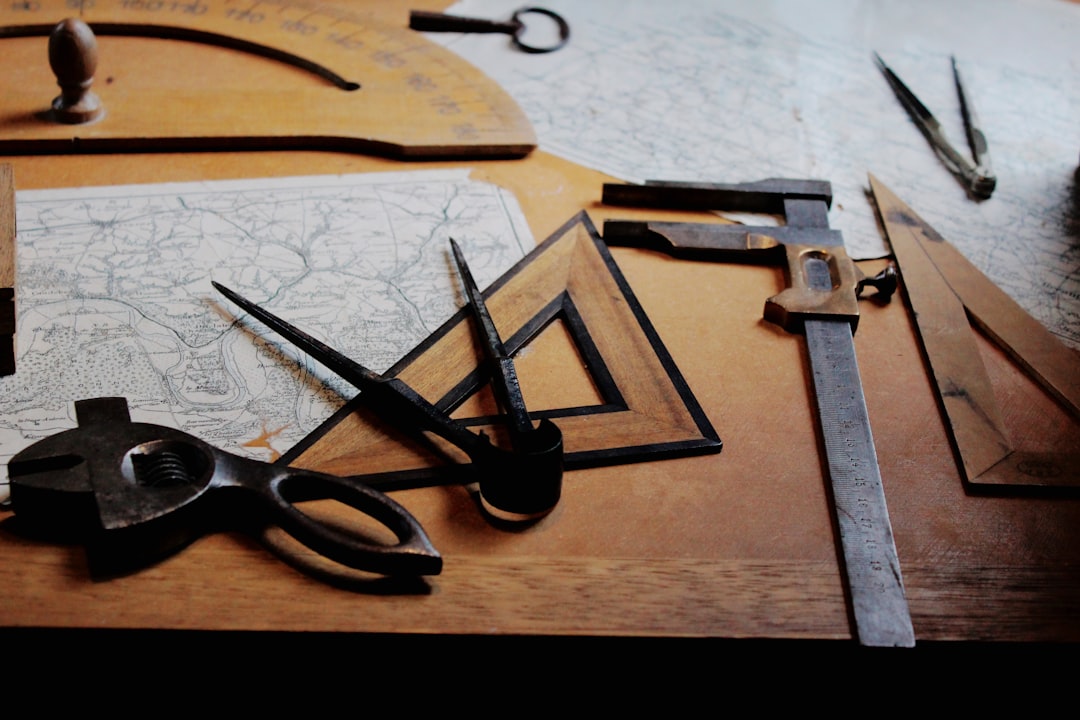X, T and Q
15/06/15 22:56
These might be simply letters in the alphabet or they may refer to cameras models marketed by a famous company in Wetzlar. There is hardly a year between the introduction of the renewed X ( with fixed 1.7/23 mm lens and APS-C CMOS sized sensor ) and the new Q (with fixed 1.7/28 mm lens and 135 CMOS sized sensor). In between the company also introduced the T with interchangeable lenses and also an APS-C CMOS sized sensor). All three seem to occupy the same area. Leica is increasingly profiling itself as the premium photographic company that combines a luxury brand with a technology brand. By the way: this is the same profile as that other iconic company is promoting: Apple. The Q (derived from the master engineer in the James Bond novels or from the Audi Q range) has a number of smart features and indeed the AF is really fast (at least in the prototype that I have been handling). Leica learned the lesson from the less than successful T that has a slower AF system. As I see it, Leica is at the crossroads. The M is the only product now in the Leica range without AF and they are under pressure to deliver a new system that would combine the iconic features of the M with AF. New lenses would be required and we see how problematic that is when one looks at the pace of introduction of T and S lenses. The main question is what would be the advantage of incorporating AF in the M system. The obvious answer is not the critical one. AF will certainly speed up the process of taking sharp pictures and many users of the M are old enough to have eye-sight problems. An M with AF lenses and EVF would hardly be different from any camera on the market nowadays. The T and Q systems have two functions: first to show that Leica is present in the lucrative high-end aficionado domain of buyers who refuse to accept that any current smartphone will produce comparable pictures. The second function is to demarcate the domain of the classical M. Every new introduction of an indigenously designed and manufactured Leica camera and a rebranded Panasonic camera poses a threat to the M system, because Leica lacks a clear marketing strategy and promotes every new camera with the same characteristics that relate to the classical RF values with some currently popular features thrown in. The Wired review of the Q notes that the Q has some advantages but with a price tag this high the company has a challenge to convince most prospective buyers to buy one. The reviews I have read are really trying to do just this. The Q is a most pleasurable camera to use and produces excellent quality results, but to say otherwise would be a disaster: when using a 24 Mp 24x36mm sized sensor and an excellent lens and current image-processing hard- and software one would not expect anything below premium quality. This is no longer the defining characteristic. Sad but true. Handling-wise the Q is a mix from elements that the X and T already offer and here we see a slow progress to one common specific Leica standard.
It has been noted (already long ago) that Leica is basically not a very innovative company (with the exception of the original Barnack camera) and is at its best when their engineers can improve on the results designed by others (see the M3). The original Leicaflex is a fine example of this approach and the Q fits in this tradition and seems to be a dedicated improvement on the Sony RX1.
As with the Leica T, the Leica Q is in danger of missing the boat. In the past there was a niche of high-tech high quality film-loading camera with advanced specifications (the Minolta TC-1 and Nikon 28ti are the obvious examples), but they did not succeed in the market. The Leica Q is very expensive and while its feature range is quite convincing, it does not justify this price tag.

